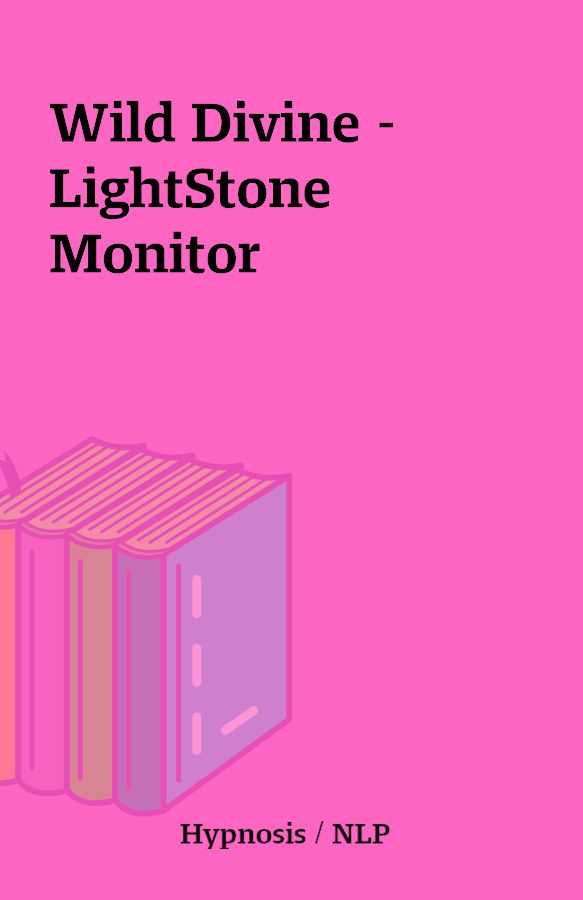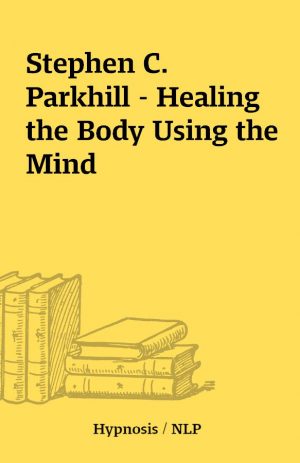Wild Divine – LightStone Monitor
LightStoneMonitor
[1 EXE – 1 DLL]
Description
A small but precious add to our Wild Divine Collection. Here is the description by the readme.txt included:Introduction:Light Stone Monitor is my first attempt at writing a program to work with The Wild Divine Project’s Light Stone Biofeedback device.The main objective for this program is to develop code to connect to the device, grab data, and interpret and display that data.If this program appears to work correctly across most Window’s platforms, then I intend to upgrade the program with more useful features.Requirements:1. Any windows system equipped with the .net framework 1.1 runtime engine. Windows XP/2000 may have this installed by default, users running earlier versions may need to download the redistributable. I have placed a copy of the .net runtime installation on the web-site. It’s called dotnetfx.exe. It’s also available straight from Microsoft’s web-site if you’d prefer a faster download time.If you see errors concerning mscoree.dll or get an application error when trying to start the program, you need to install this runtime.2. The default Windows usb hid device drivers. I believe these drivers are included in the default Windows installations since at least Windows 98, so I don’t anticipate this will be a problem for most people.ChangesVersion 0.72. HRV/SDNN Support and GraphCurrently, the time period for SDNN calculation is 1 minute. Every 60 seconds the application calculates standard deviation on the intervals from the last 60 seconds to compute SDNN.Since SDNN is computed every 60 seconds, the HRV graph can only be updated once a minute. For a more real-time analysis of your hearts beat-spacing, monitor the RR Interval Graph.Version 0.6b1. Added a “Reset Scale” button for the Heart and SCL graph. This allows you to “ZOOM IN” on the graph if the scale gets too high because of anomalous readings. 2. Fixed the “Current Time” and “Elapsed Time” fields so that they work again.3. Corrected the BPM field so that it once again gives a count of heart beats in the last 60 seconds. I had temporarily changed this to give a count of the total number of samples processed every minute.4. Added formatting to the decimal field. Now floating point numbers will actually display trailing 0s.5. Major changes in the way sample timestamps are handled internally. No longer are samples timestamped when they arrive within the application. Instead, each sample is spaced a fixed interval from the previous one, regardless of the actual amount of time it took the application to receive the sample. This was done because it appears most likely that the Lightstone actually samples at a fixed interval, and issues were occuring within the application due to the fluxations in timing introduced by inconsistent timing of userspace application code execution. The program LSProfiler was used to determine the fixed interval. Since this change has been made results from the RRGraph are much more consistent, and seem to behave as one would expect, so I think I am on the right track here.Version 0.6a1. Major overhaul of code. Created USBlightstone, Sample, datapoint, peak, and RRPeak objects. This is a major development and paves the way for many new advanced features, such as HRV calculation, and (user-defined?) events.2. Added heart BPM field. Simple calculation that displays the number of beats in the last 60 seconds. 3. Added HRV field to display HRV calculation, which should appear very soon. For now, this field does nothing.4. Added window for AGC monitoring and adjusment. This allows you to view the heart signal after gain is applied. You can fine tune the AGC parameters if you have an extremely weak or noisy signal. The default parms should be good in most cases (I hope). The method I’ve chosen to implement for heart R peak detection uses a gain algorithm to compensate for scale changes and seems to be a little more accurate than simply looking for a signal direction change and checking to see if the last peak is above some threshold. Though, for strong signals, that method seems to work well. In the future, it might be nice to be able to pick between either method. I also had a lot of fun learning about DSP, implementing the Gain algorithm and trying various methods to detect R-phase peaks in a heart data graph. For those of you who are interested, the Gain method allows for peak detection of very weak signals when the parameters are adjust correctly.5. All peaks and intervals are being logged in memory. Currently, nothing is being done with them, but the next release will use this data to calculate HRV and also allow you to view a graph based on your entire session (or at least up to 30 minutes.) Graphic possibilited should include graph of HRV intervals, graph of heart Peaks (heart power), and possible graph of BPM, if that would be useful to anyone. Currently Broken:1. The current time field and the elapsed time field.2. The Min/Max fields for SCL and Heart Data.3. Signal strength detection currently broken.Version 0.5aOptimized data logging code. Began to implement peak detection algorithms. Preferred method uses Automatic Gain Control (AGC) to compensate for signal scale.Version 0.41. Graphs now include grid lines, scale and have a legend.2. Increased the resolution of the graphing, and added checkbox to drop resolution by 50%, if necessary. This decreases CPU usage significantly for those whose machines may have a problem keeping up with the high-resolution real-time graphing.Version 0.31. Added graphs for SCL and Heart-Rate.You must have the included chart .dll in the same directory where the main .exe is kept. Version 0.21. Ability to log data to a tab delimited file.To log data, before you hit the “Start” button for the first time, you must enter a valid file name where data will be logged. If you use an existing file name the data will be overwritten.There are about 30 samples taken per second, so the log file grows fast. Make sure you have plenty of room if you are expecting an extended session.If you hit the “Stop” button and then resume by hitting “Start” again, the log file will pick up where you left off.2. Min/Max values for SCL and HRV.This shows you the highest and lowest values you have achieved in this particular session. These values are reset when you hit the “Stop” button.I’ve also included this for the HRV, though I’m not sure it really makes sense. I’m researching HRV, and it may turn out that having a “space between beats” type value is more appropriate.3. A Time display that includes current time and elapsed time. This starts over every time you hit the “Stop/Start” button.
You must be logged in to post a review.






Reviews
There are no reviews yet.